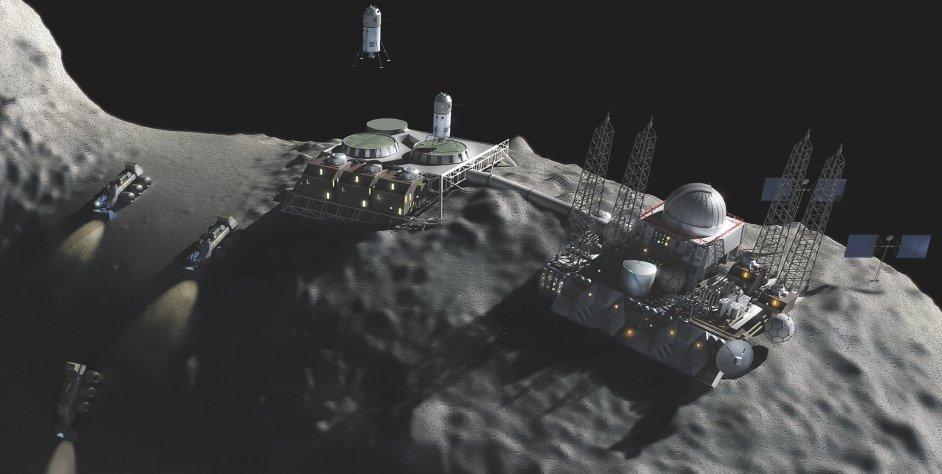The grizzled asteroid miner is a stock character in science fiction. Now, two recent events—one legal, one technological brought asteroid mining closer to reality, according to experts. The legal step took place when the U.S. Senate’s Commerce, Science and Transportation Committee passed a bill titled H.R. 2262—SPACE Act of 2015.
The grizzled asteroid miner is a stock character in science fiction. Now, two recent events—one legal, one technological brought asteroid mining closer to reality, according to experts.
The legal step took place when the U.S. Senate’s Commerce, Science and Transportation Committee passed a bill titled H.R. 2262—SPACE Act of 2015. The bill includes a measure that gives individuals or companies ownership of any material they mine in outer space. According to one estimate, asteroid mining could ultimately become a trillion-dollar market.
The technological development is a new version of a device, called a gamma-ray spectroscope, said to be perfectly suited for detecting veins of gold, platinum, rare earths and other valuable material hidden within the asteroids, moons and other airless objects floating around the solar system.
The spectroscope is a sensor that miners would need to sniff out these valuable materials.
The concept comes from a team of scientists from Vanderbilt and Fisk Universities, both in Nashville, Tenn.; NASA’s Jet Propulsion Laboratory in Pasadena, Calif.; and the Planetary Science Institute, based in Tucscon, Ariz.
The work is described in an article published Oct. 23 in SPIE Newsroom, a publication of International Society for Optics and Photonics.
The technology exploits the fact that high-energy particles called cosmic rays continually bombard all objects in the solar system. When they strike, they smash atoms in the top layers and produce a shower of subatomic particles, including neutrons, which then collide with the atoms in the material to produce a form of high-energy light called gamma rays.
A gamma-ray spectroscope measures these rays, whose precise characteristics can reveal the concentration of various rock-forming elements as well as precious metals like gold and valuable crystals like diamonds.
“Space missions to the Moon, Mars, Mercury and the asteroid Vesta among others have included low-resolution spectrometers, but it has taken months of observation time and great expense to map their elemental surface compositions from orbit,” said Vanderbilt University astronomer Keivan Stassun, co-author of the report.
“With our proposed system it should be possible to measure sub-surface elemental abundances accurately, and to do it much more cheaply because our sensors weigh less and require less power to operate.”
The key to the new instrument is a recently discovered material called europium-doped strontium iodide, or SrI2. It’s a transparent crystal that can act as an extremely efficient gamma-ray detector, the scientists said. It registers the passage of gamma rays by giving off flashes of light.
“The gold standard for gamma-ray spectroscopy is the high purity germanium (HPGe) detector,” said Vanderbilt physicist Arnold Burger, who developed the SrI2 detector. “However, it requires cryogenic cooling so it is very bulky. It also needs vacuum-tube technology so it consumes too much energy to run on batteries. SrI2 isn’t quite as good as HPGe, but it is more than adequate to do the job and it is compact enough and its power requirements low enough so that it can be used in spacecraft and even placed on robotic landers.”
The first commercial missions to nearby asteroids could launch as early as 2020, but it will be decades before asteroid mining begins in earnest, the scientists predicted.
In the meantime, the technology promises to provide scientists with new details about the composition of the asteroids, comets, moons and minor planets in the solar system, they added. That information should improve our understanding of how the solar system formed, and also help determine whether objects that are headed toward Earth’s neighborhood are dangerous.










